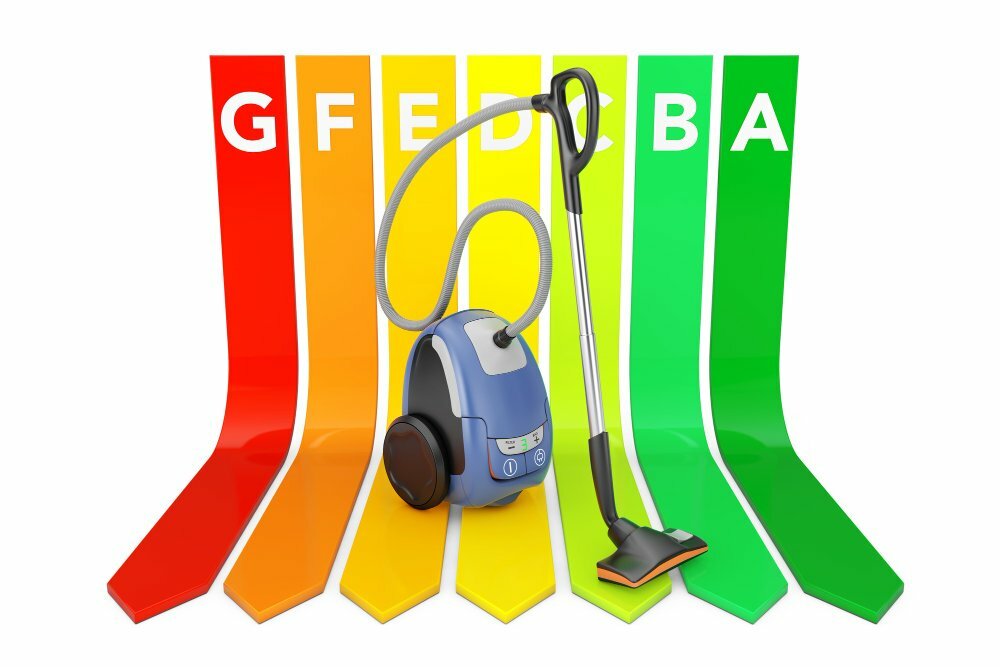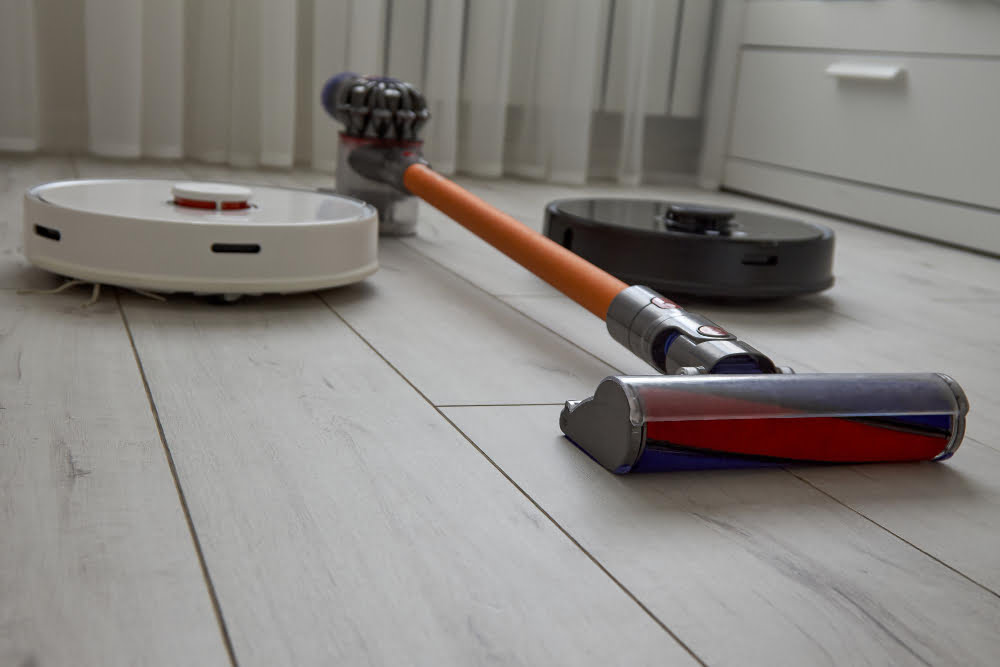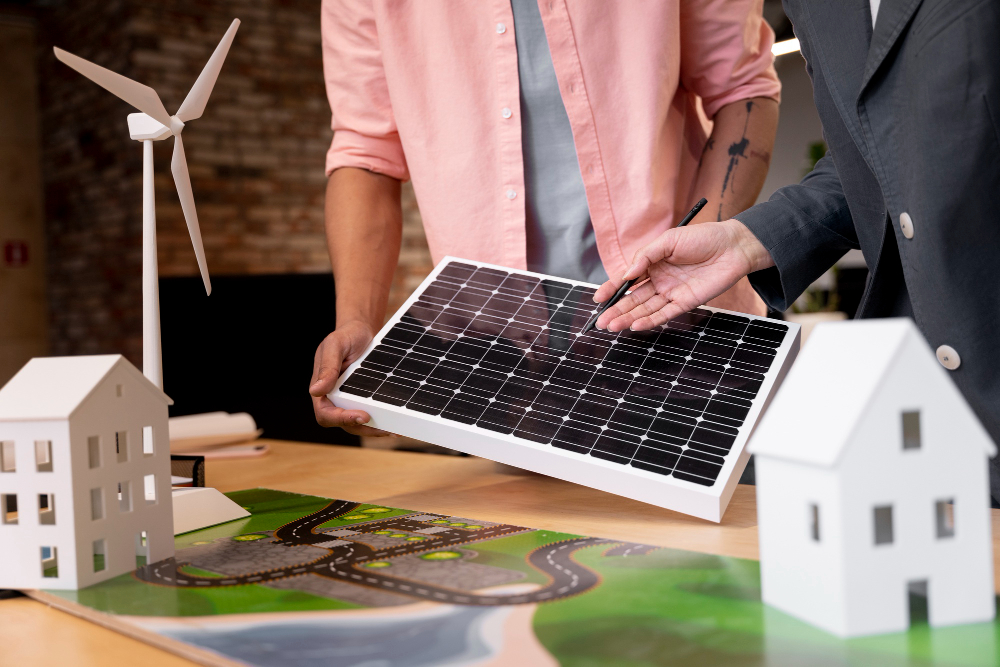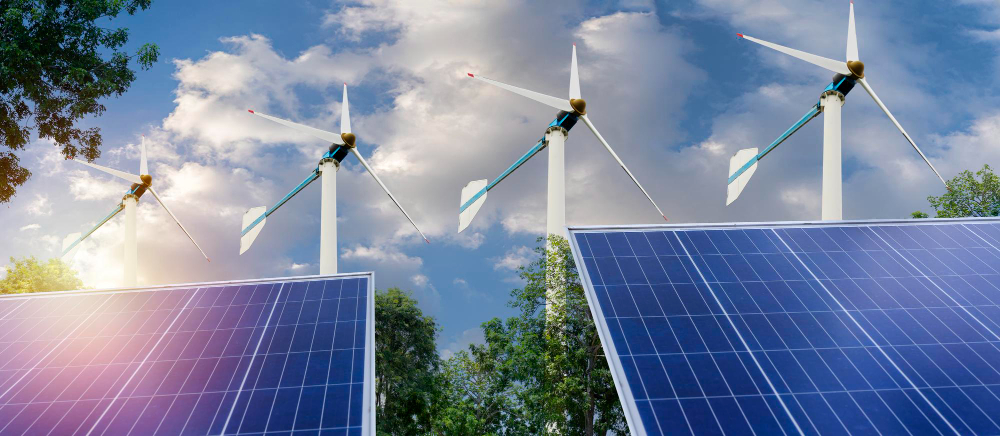Last updated on
Here’s how to choose the right vacuum cleaner when it comes to energy saving. Read on!
We all know how essential vacuum cleaners are for keeping our homes spotless and dust-free. But did you know that the type of vacuum cleaner you choose can have a significant impact on both your electricity bills and the environment?
Armed with the knowledge below, you’ll be equipped to make a smart and eco-friendly choice, saving both power and costs in the process.
Understanding Energy Labels

When it comes to picking the perfect vacuum cleaner, those energy labels on the packaging might seem like just another pesky sticker.
These energy labels are like a secret decoder ring for energy efficiency. They tell you how much power that vacuum cleaner consumes, which can have a big impact on both your electricity bills and the planet.
Look out for those standardized metrics like kWh/year and annual energy consumption. They might sound a bit technical, but they’re pretty straightforward once you get the hang of it. They give you an idea of how much energy that vacuum cleaner guzzles up in a year, so you can compare different models and make an informed decision.
Assessing Vacuum Cleaner Types

The most energy-efficient type of vacuum cleaner depends on your specific household needs. If you have a large home with mostly carpeted areas, and you prioritize deep cleaning performance, an energy-efficient upright or canister vacuum with advanced features might be the way to go.
On the other hand, for smaller living spaces with hard floors and occasional light cleaning needs, a stick or robot vacuum could be a perfect fit.
Consider factors like the size of your home, flooring types, cleaning habits, and any physical limitations you might have. Reach out to experts by finding the right balance with VacuumWars.com, and other sites, between cleaning power and energy efficiency. You can keep your home spotless while saving power and costs in the long run.
Upright Vacuum Cleaners
Upright vacuum cleaners are a popular choice for many households due to their easy maneuverability and powerful suction. When it comes to energy efficiency, uprights can vary significantly.
Some models might have higher wattage, which can translate to higher power consumption. However, newer models with advanced motor technology and better design can still offer energy-efficient cleaning.
Pros of uprights include their ability to cover large areas quickly and their effectiveness on carpets. On the downside, they might be less energy-efficient than other types, especially if they lack modern features that optimize power usage.
Canister Vacuum Cleaners
Canister vacuum cleaners consist of a separate canister unit and a flexible hose, making them excellent for cleaning stairs, upholstery, and hard-to-reach areas. In terms of energy efficiency, canisters tend to be more favorable than uprights.
Their design allows for a more compact and lightweight motor, resulting in lower power consumption. They are also versatile and can often be equipped with eco-friendly features, such as adjustable suction power. However, their cleaning performance on carpets might not match that of uprights, and some users find them less convenient to store.
Stick Vacuum Cleaners
If you’re looking for a sleek and lightweight option, stick vacuum cleaners might be your go-to choice. These slim wonders are convenient for quick cleanups and are generally more energy-efficient than their bulkier counterparts.
Their lower wattage and smaller motor contribute to reduced power consumption. Stick vacuums are perfect for light-duty cleaning on hard floors and low-pile carpets.
However, due to their compact size, they might not offer the same cleaning power as uprights or canisters, making them ideal for smaller homes or as supplementary cleaning tools.
Comparing Wattage and Power Consumption
Wattage alone doesn’t tell the whole story. Sometimes, a high-wattage vacuum cleaner might not be as efficient as it seems, and it could end up draining more power than necessary.
So, what should you focus on instead? Power consumption! This metric shows you the actual energy the vacuum cleaner uses to get the job done.
A lower power consumption means the machine is running more efficiently, saving you both electricity and money. That’s right, energy efficiency is all about getting the most cleaning power with the least amount of energy!
Now, you might be wondering if low power consumption means sacrificing cleaning performance. Fear not! Advances in technology have made it possible to have energy-efficient vacuum cleaners that still pack a punch when it comes to sucking up those stubborn dust bunnies.
The Takeaway
Whether you opt for a sleek robot vacuum for your compact apartment or a powerful canister for your carpeted mansion, your new energy-saving buddy will not only keep your floors clean but also reduce your environmental footprint and trim those energy bills.
Good luck finding the right vacuum!
Related reading:
Table of Contents





